2025 Author: Erin Ralphs | [email protected]. Last modified: 2025-01-22 21:14:18
In car body repair, the quality and appearance of sealing the joints of parts is of great importance. However, for novice craftsmen, choosing the appropriate sealant and applying it correctly is a very difficult task.
Types of joint sealants
Currently, four types of joint sealants are used in car body repair: rubber, polyurethane and MS-polymer based, as well as self-adhesive tape, the material of which is also synthetic rubber.
Sealant recommendations
For beginners, the question often arises which automotive joint sealant is better to choose. To solve the problem of choice, all means of sealing seams and joints can be conditionally divided into universal and special.
Most individual body repairers use an all-purpose polyurethane automotive joint sealant. With certain application skills, it solves almost all tasks for restoring the factory characteristics of car body joints, including appearance. This typeautomotive joint sealant of various brands is widely represented in the distribution network.
When choosing a particular brand, it is important for a novice master to take into account that the end result of his work will rather not depend on the name of the company that packed the polyurethane mass in an aluminum tube, but on the shelf life of a particular batch of goods and the skills of the master himself.
Another frequently asked question is about the color of the polyurethane mass. It arises in young bodybuilders after reading similar inscriptions on the package: "Polyurethane seam sealant black for automobiles." Indeed, why black and not blue, for example? The fact is that the seam automotive sealants of most companies are sold in three colors: white, gray and black. They do not differ from each other except for the color, the choice of which, in turn, depends on the color of the body of the car being repaired. Accordingly, choose the sealant that can be painted with fewer layers of paint.
Special Joint Sealants
Special sealants are indispensable in complex body repairs when you have to solve the problem of restoring the original factory appearance of the seam.
For example, a seam sealant tape designed to seal overlap joints on panels and body elements. It is specially designed to recreate the factory seam on hoods, trunk lids and doors.
There is also a sprayable sealant based on MS polymers for use in the engine and luggage compartments of a car. It can be applied with special guns within order to repeat the original texture of the seam and, if necessary, smooth with a brush.
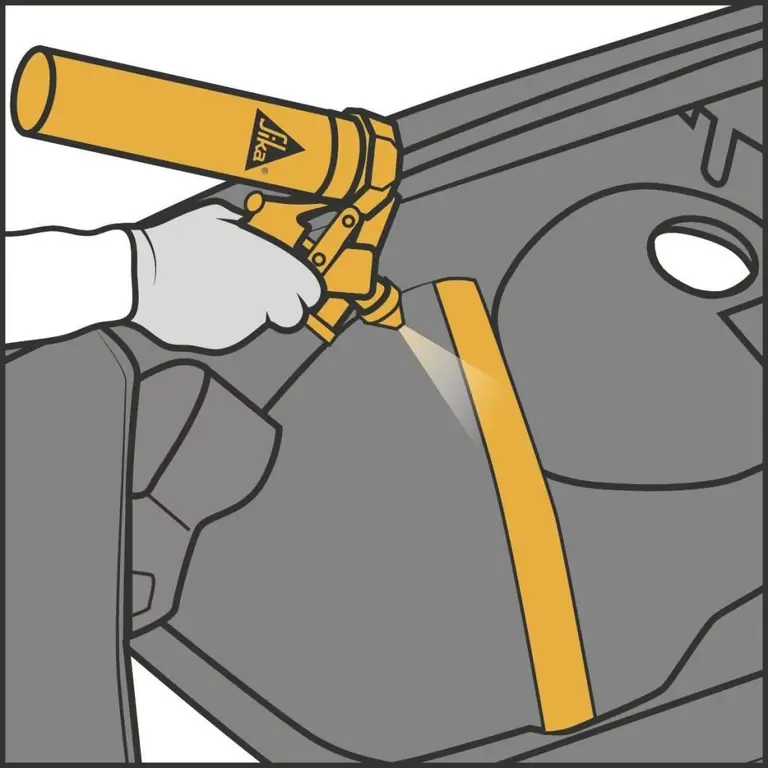
Spot welds or bolted joints are sealed with a special synthetic rubber sealant applied in a thin layer with a brush to give good water tightness to overlap joints.
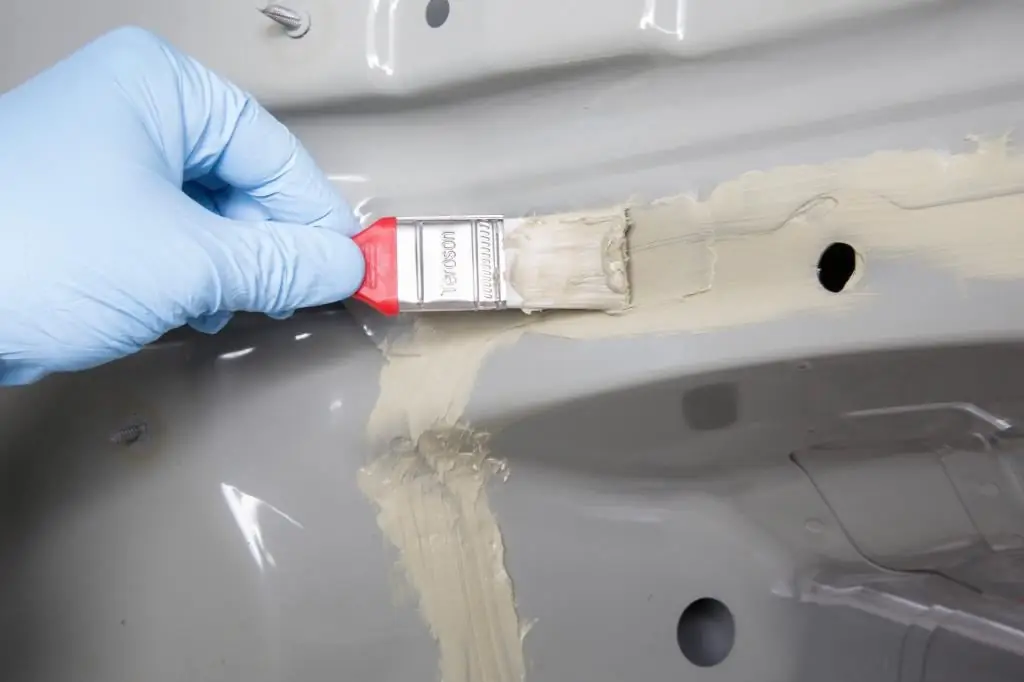
Tips on how to apply polyurethane joint sealants
Automotive seam sealers come to the retail network with round tips that cannot be used on hoods and trunk lids. If a special self-adhesive sealant tape is not available, you can use a tube with a butterfly nozzle.
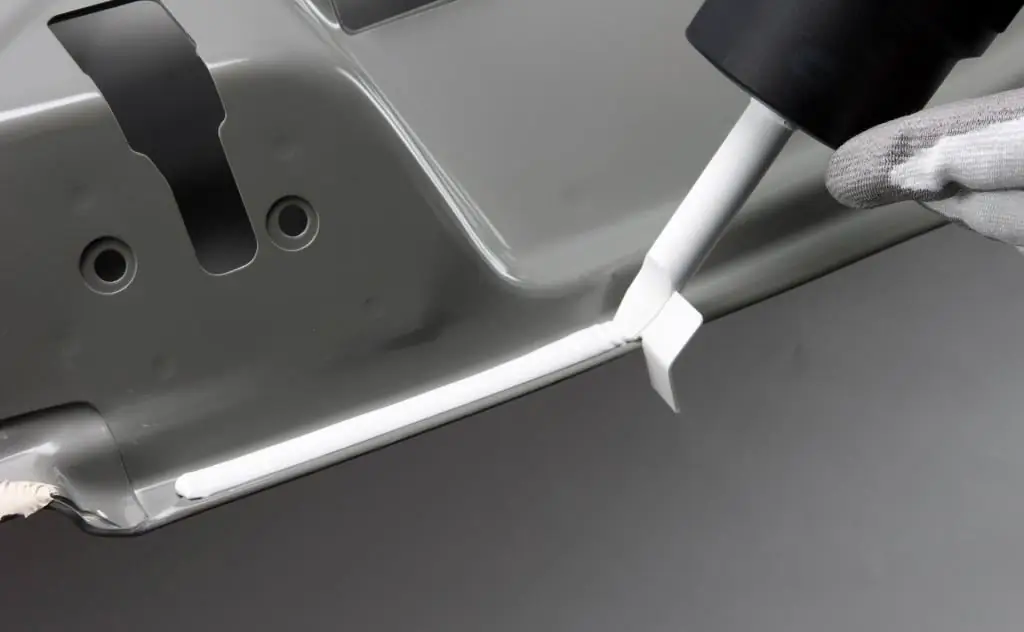
In the cold season, the polyurethane mass thickens and is difficult to squeeze out of the tube, so store it in a warm place.
If the sealant needs to be spread over the surface with a brush, then the best result can be achieved using for this purpose an ordinary paint brush with a working part shortened to two centimeters. It is most convenient to trim the stubble with scissors.
During the cold season, thick polyurethane will be smeared with a brush more easily if it is moistened with a degreaser.
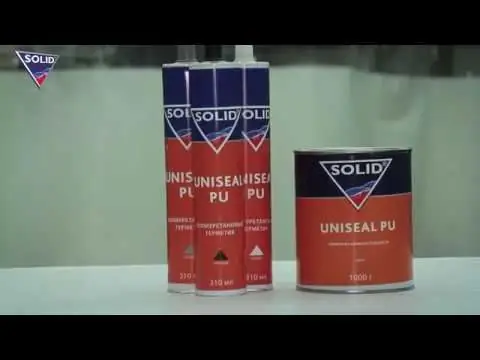
To adjust the flow rate of the sealant from the tube, install a pressure regulator on the gun.
Be sure to wear gloves when handling joint compound.
Recommended:
What is a tripoid CV joint?

CV joint, or constant velocity joint, is a mechanism by which torque is transmitted from the transmission system to the wheels. In this case, the thrust is transmitted to the leading steered wheels without loss of power. The mechanism allows for rotations up to 70 degrees
Do-it-yourself ball joint replacement
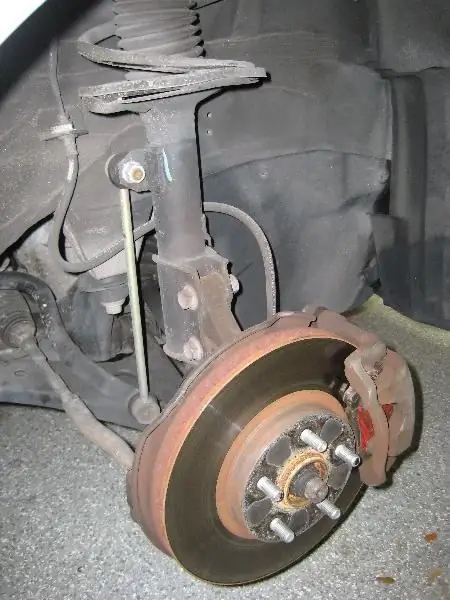
Imagine the situation. You are driving into nature, along a country road. Here the car runs into a bump, after which further movement is not possible, since the ball joint has torn out. But luckily, there is a car shop nearby. So now it just needs to be changed
Which ball joint lasts longer?
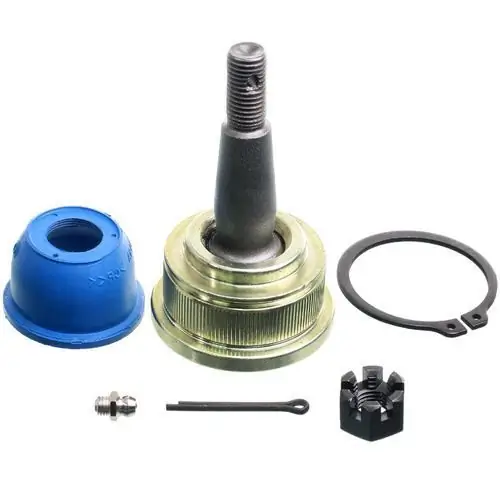
Every car needs timely care. It can be a simple replacement of consumables, or it can be an expensive overhaul. The pendant is no exception. But how do you know what parts to buy and what to look for when choosing?
Using a seat belt cover will ensure a comfortable ride
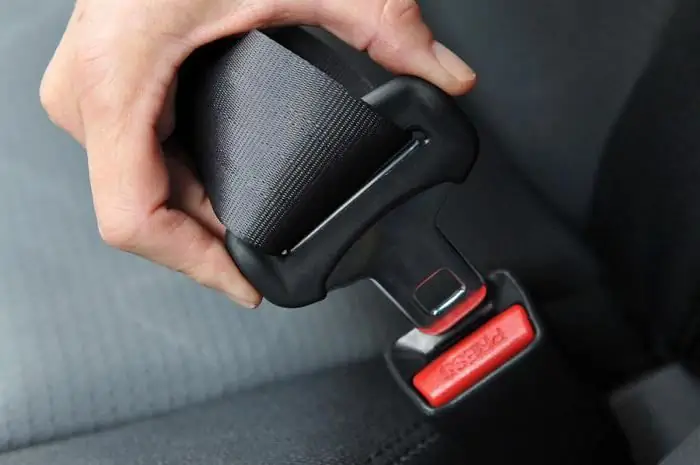
It is very common to drive a vehicle for a very short distance, and wearing a seat belt seems irrational and unnecessary. In such a situation, it is useful and appropriate to use a seat belt plug
How to turn off the alarm without using the key fob

There are situations when the key fob refuses to work. How to turn off the alarm in such cases? There are several ways to help cope with this difficult task

